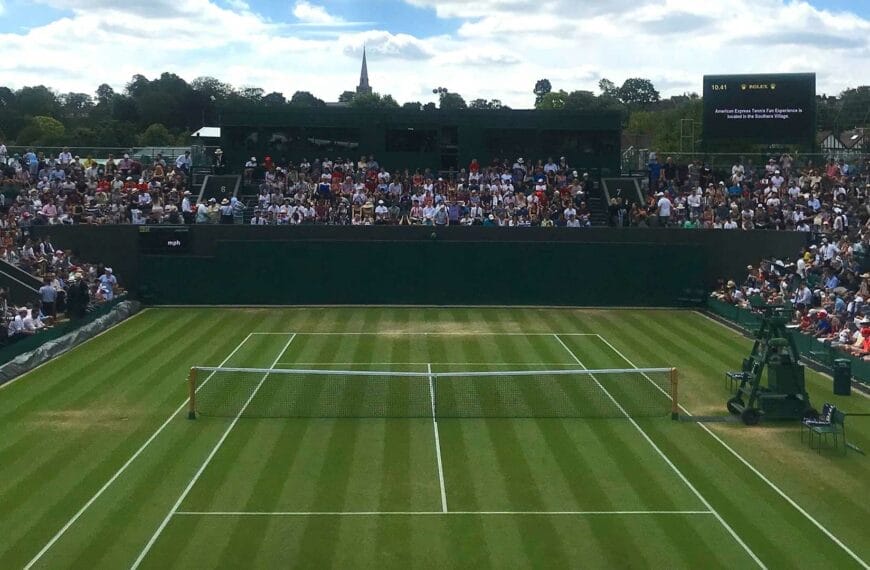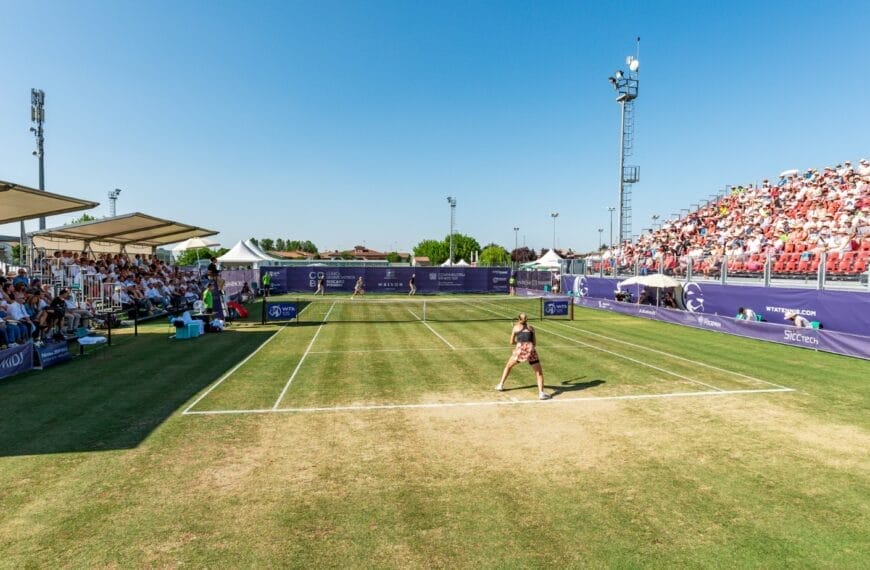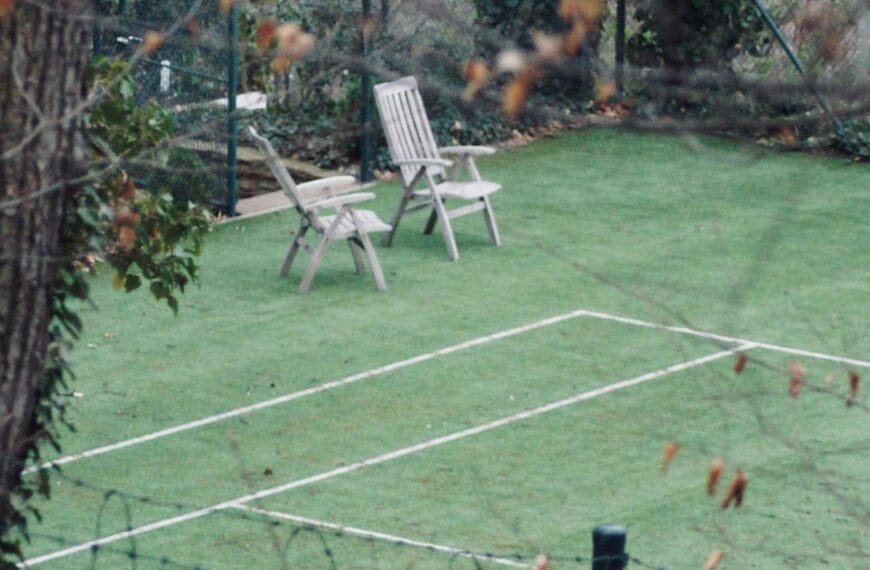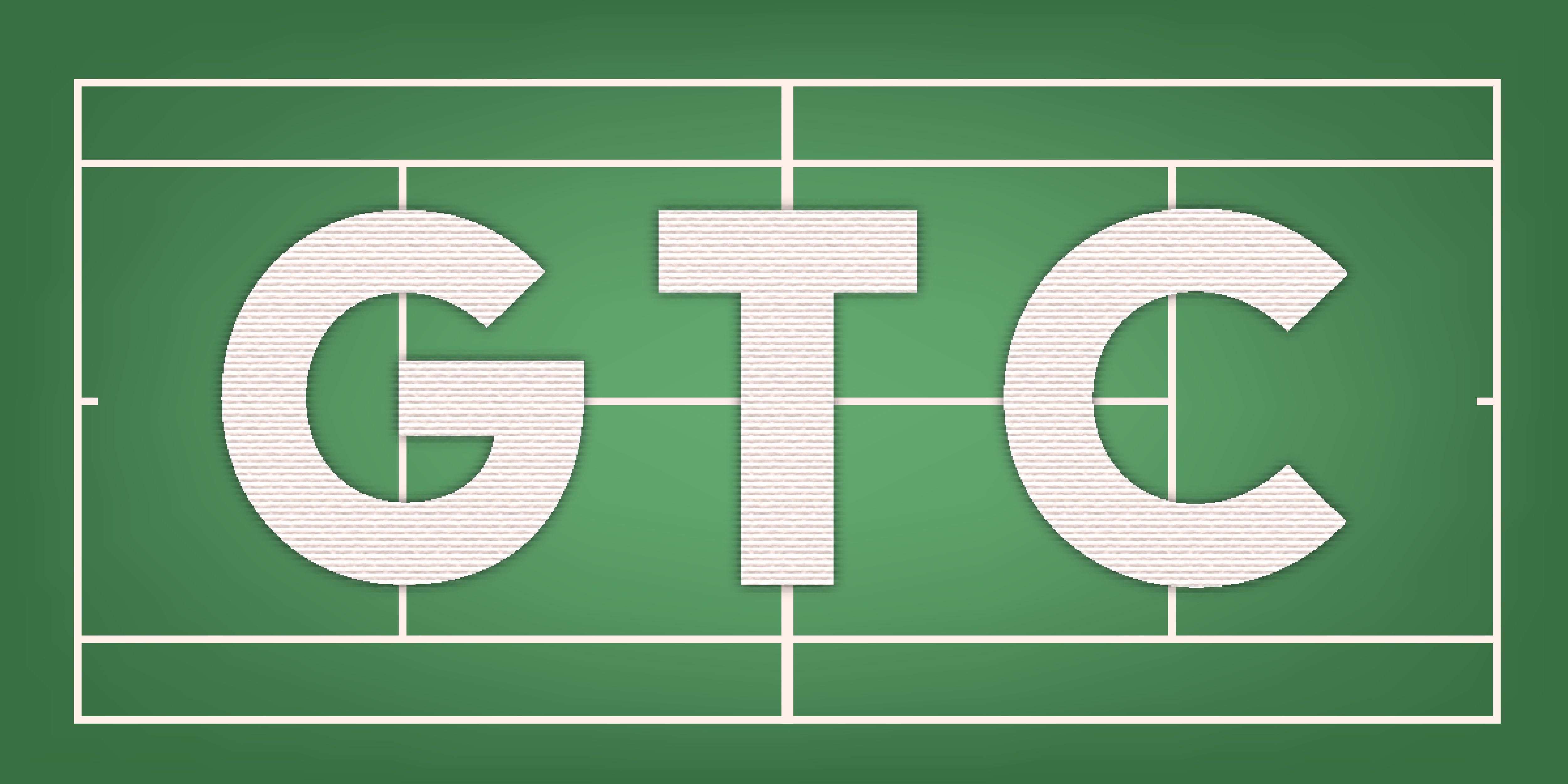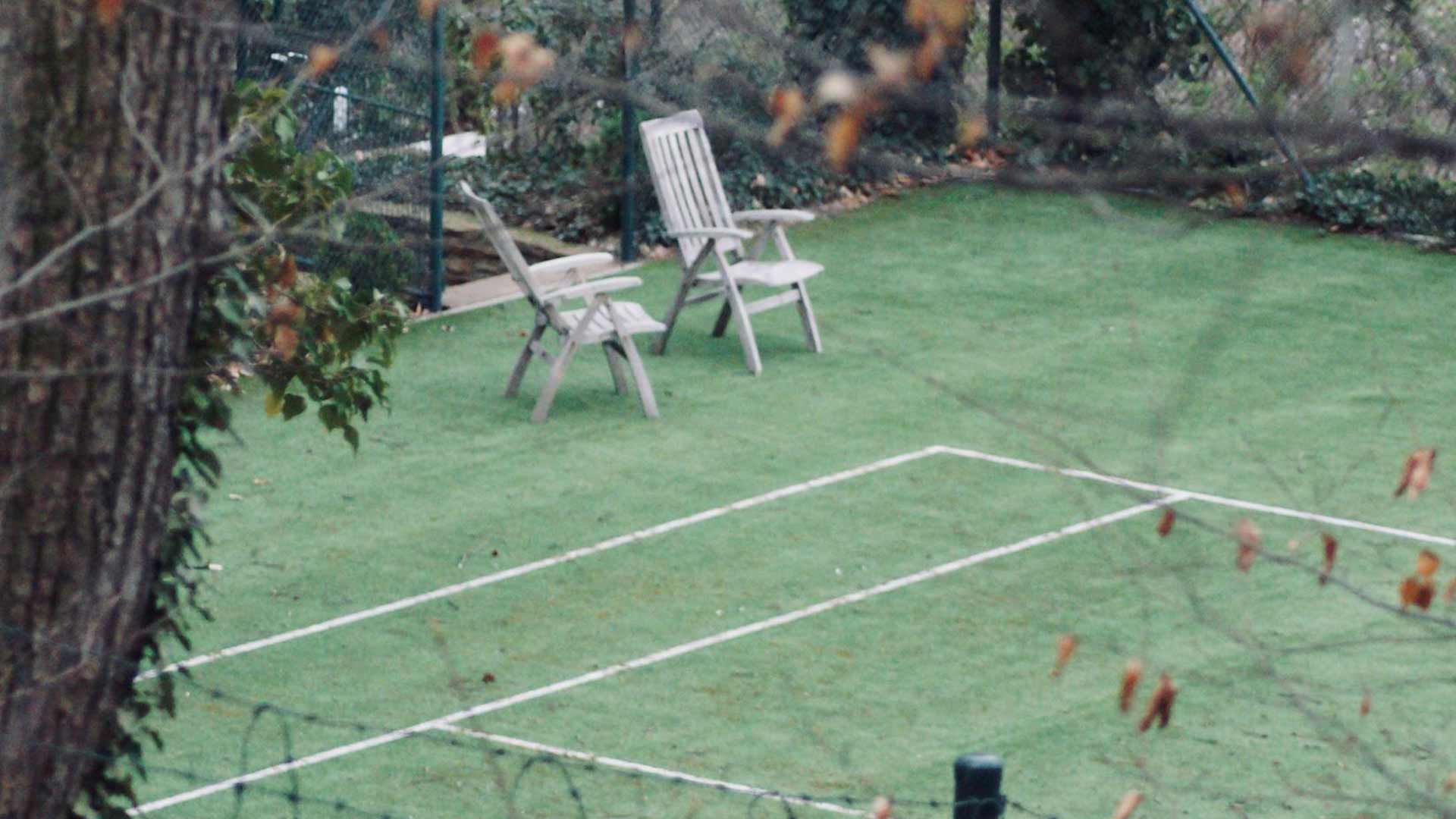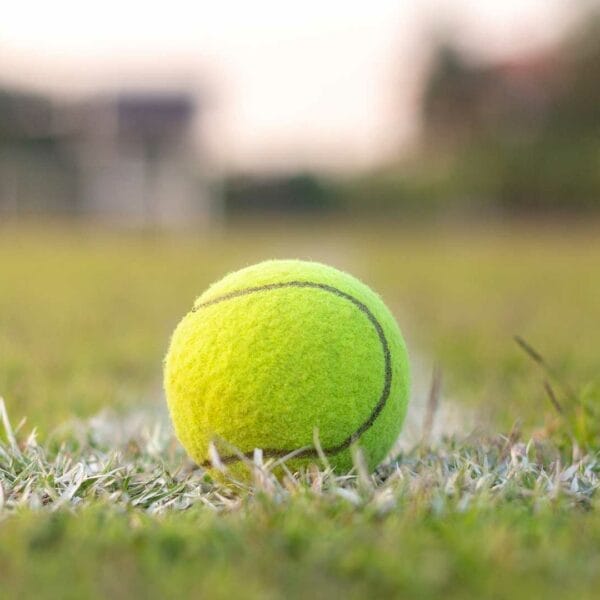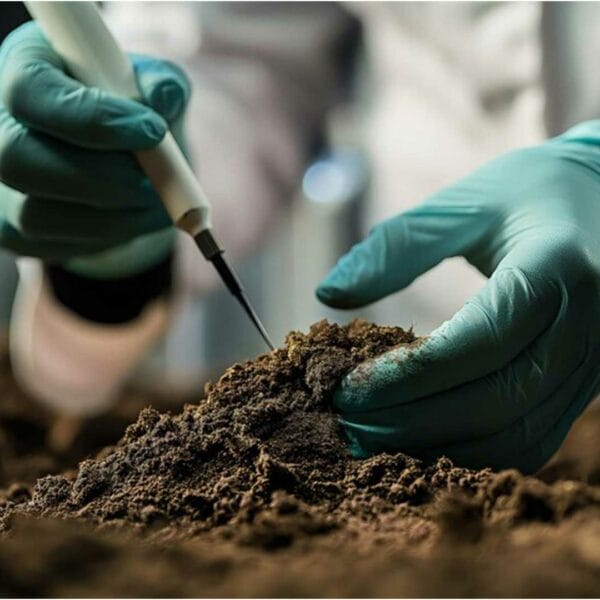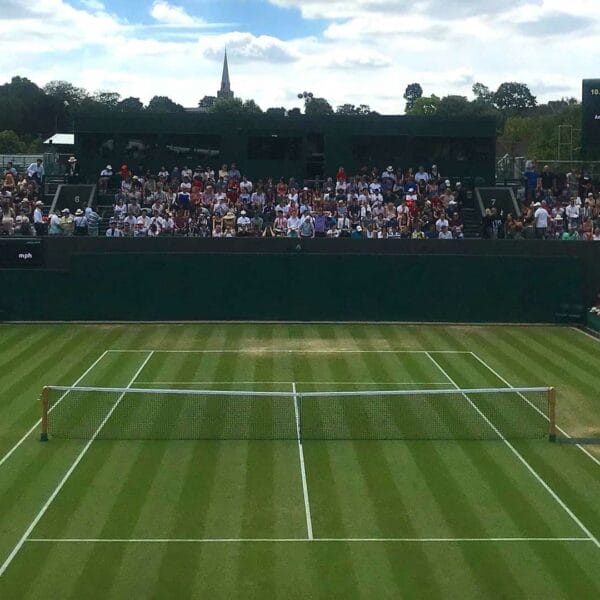Maintaining a grass tennis court, especially in cold climates, is akin to nurturing a delicate plant. It requires dedication, knowledge, and a fair amount of elbow grease. I remember the first time I set foot on a freshly mowed grass court; it was like walking on a plush green carpet, the scent of fresh grass filling the air. However, achieving that level of perfection is no small feat. It involves regular mowing, watering, aerating, and a host of other activities that must be executed with precision and care. In this guide, I’ll take you through the essential steps to keep your grass tennis court in pristine condition throughout the year, even when the chill of winter threatens to ruin all your hard work.
Grass Court Maintenance Tips
Learn effective strategies for maintaining grass tennis courts in cold climates to ensure optimal playing conditions.
– Mow regularly: Keep the grass height between 1 to 2 inches to promote healthy growth and playability.
– Aerate and topdress: Aerate the court to improve drainage and topdress with sand to maintain an even surface.
– Fertilize and control pests: Apply a balanced fertilizer during the growing season and monitor for weeds and pests to protect the grass.
Mow the Court Regularly
Mowing is the cornerstone of grass court maintenance. Regular mowing helps maintain the grass at the optimal height for play, usually between 6-8mm, which is crucial for ensuring a smooth and fast surface. The frequency of mowing depends on the rate of grass growth, which can vary seasonally. During the growing season, mowing might be required two to three times per week. In colder climates, where growth slows, you might reduce this frequency.
Investing in a high-quality reel mower is non-negotiable. Unlike rotary mowers, reel mowers cut the grass like scissors, providing a cleaner cut that reduces stress on the grass. This is particularly important in cold climates where grass recovery from mowing can be slower. Additionally, adjusting the mower blades to the correct height is crucial. Cutting the grass too short can weaken the turf and increase vulnerability to disease, while too long grass can slow down the playing surface.
Insider Tip: Always mow in different directions each time to prevent the grass from bending in one direction, which can lead to an uneven playing surface.
For more detailed insights into the importance of mowing, check out our ultimate guide to grass court maintenance.
Water the Court Regularly
Watering is another critical component of maintaining a grass tennis court. Grass courts require consistent moisture to remain healthy and lush. However, the challenge in colder climates is balancing enough water to sustain the grass without encouraging excess moisture that could freeze and damage the roots.
The key is to water deeply but infrequently, encouraging deep root growth. Early morning is the best time to water, as this allows the grass to dry during the day, minimizing the risk of fungal diseases. In colder climates, be cautious about overwatering as the temperatures drop. It’s crucial to adjust watering schedules based on weather forecasts and rainfall.
Insider Tip: Consider installing an automated sprinkler system with moisture sensors to ensure precise and efficient watering.
Aerate the Court Regularly
Aeration is vital for maintaining healthy grass. It involves perforating the soil with small holes to allow air, nutrients, and water to reach the grass roots. This process alleviates soil compaction and enhances the court’s drainage system, which is especially critical in colder climates to prevent water from pooling and freezing.
I recall a time when failing to aerate before winter resulted in a waterlogged court come spring. The grass was patchy and weak, taking months to recover fully. Regular aeration, ideally during the fall, can prevent such scenarios. In cold climates, aerating before the first frost is crucial. This prepares the soil for winter and ensures the grass is healthy come spring.
Insider Tip: For best results, combine aeration with topdressing to further enhance soil structure and fertility.
Explore more about how aeration fits into year-round maintenance in our article on how grass courts can be played on year-round without killing the grass.
Topdress the Court Regularly
Topdressing involves applying a layer of material over the grass. This is typically a mix of sand and compost, which helps to level the playing surface and improve soil conditions. In cold climates, topdressing is particularly beneficial as it insulates the grass roots against harsh winter conditions.
Regular topdressing, done in conjunction with aeration, can significantly improve the court’s resilience. I learned this lesson the hard way when my court developed uneven patches due to frost heave. A consistent topdressing routine helped restore its flatness and improved the soil’s ability to retain nutrients and moisture.
Insider Tip: Use a spreader for even application, and avoid topdressing too heavily, as this can smother the grass.
Fertilize the Court Regularly
Fertilizing grass courts provides essential nutrients that promote healthy growth and strengthen the turf against wear and tear. In colder climates, timing and type of fertilizer used is crucial. A slow-release fertilizer applied in early spring can help the grass emerge strong and healthy as temperatures rise.
From my experience, the choice of fertilizer can make or break the health of the court. Organic options are less likely to cause a nutrient overload and are safer for the environment. However, synthetic fertilizers can offer precise nutrient control if used judiciously.
Insider Tip: Conduct a soil test every few years to tailor the fertilizer mix to your court’s specific needs.
For more on the costs associated with these maintenance practices, see our article on the cost of maintaining a grass tennis court.
Control Weeds and Pests
Weeds and pests are the nemesis of a well-maintained grass court. They can quickly take over if not managed properly, leading to uneven surfaces and unhealthy grass. In colder climates, winter can suppress some pests, but weeds may still persist.
A proactive approach is key here. Regular inspection and early intervention can prevent small issues from becoming major problems. I once overlooked a small patch of clover, which swiftly spread across the court. It took extensive effort to reclaim the court, underscoring the importance of vigilance.
Insider Tip: Use natural weed control methods, such as vinegar or boiling water, to avoid chemical runoff.
Repair Damage
Despite the best maintenance practices, damage to a grass court is inevitable. Whether from intense matches or environmental factors, timely repairs are essential to maintaining the court’s quality and playability.
Spring is the ideal time to address damage inflicted over the winter months. Reseeding bare patches, filling in divots, and leveling uneven areas should be priorities. Applying a slow-release fertilizer can also aid in rapid recovery.
Insider Tip: Keep a stock of grass seed that matches your courts grass type for quick repairs.
Explore more about maintaining pristine conditions in various weather scenarios in our article on maintaining grass tennis courts in wet weather.
Conclusion
Maintaining a grass tennis court in cold climates is undoubtedly a labor of love. It requires a commitment to regular care and an understanding of how seasonal changes impact the turf. From mowing and watering to aerating and fertilizing, each step plays a vital role in ensuring the court remains a beautiful and functional playing surface. As someone who has spent countless hours tending to grass courts, I can attest that the effort is well worth it. The reward is a pristine court that offers a unique and unmatched playing experience. So roll up your sleeves and embrace the challenge. Your grass court will thank you for it.
Questions and Answers
What are the key steps to maintain grass tennis courts in winter?
Key steps include aerating, winterizing, and covering the courts properly.
How does cold weather affect grass tennis courts?
Cold weather can cause grass to become dormant and potentially damaged.
Who is responsible for maintaining grass tennis courts during winter?
Typically, a dedicated groundskeeper or maintenance team handles upkeep.
How can I protect grass tennis courts from freezing temperatures?
You can use covers and apply protective winter fertilizers for protection.
What equipment is best for maintaining grass courts in cold climates?
Essential equipment includes mowers, aerators, and frost covers for protection.
Why should I invest in professional maintenance for grass courts?
Professional maintenance ensures optimal conditions and longevity for the courts.


